The qin has always been an instrument for cultured scholars to give vent to their feelings, and because of its long history it is called the Guqin, “ancient qin”. Actually, apart from performance, the art of the guqin also includes interpreting the qin score and making the qin, collectively called “Qin, Pu and Zhuo”. “Zhuoqin”, or qin making, is the art of choosing quality wood and crafting it into a qin.
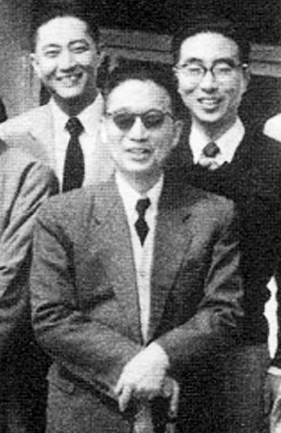 From ancient times, there have not been many skilled in “Qin, Pu and Zhuo”, and mostly people specialize in one or two of these, but Xu Wenjing of Zhejiang was an expert in all three. In 1949, Xu came to live in Hong Kong to have an eye complaint treated, and as it happened, passed on the art of Zhuoqin to Choi Chang-sau, the young master of Choi Fook Kee. Hence, Xu’s Zhejiang school of Zhuoqin art took root in Hong Kong through Choi, and Choi has passed on his Zhuoqin skills to over 50 people.
From ancient times, there have not been many skilled in “Qin, Pu and Zhuo”, and mostly people specialize in one or two of these, but Xu Wenjing of Zhejiang was an expert in all three. In 1949, Xu came to live in Hong Kong to have an eye complaint treated, and as it happened, passed on the art of Zhuoqin to Choi Chang-sau, the young master of Choi Fook Kee. Hence, Xu’s Zhejiang school of Zhuoqin art took root in Hong Kong through Choi, and Choi has passed on his Zhuoqin skills to over 50 people.
The art of Zhuoqin shall only be taught to Qin players; Oral transmission with heart
Accompanied by musical instruments all his life, Choi has always loved the Guqin most of all. After recovering from a serious illness in the early 1990s, Choi began to teach the art of Zhuoqin to Qin players, and “the art of Zhuoqin shall only be taught to Qin players” is all the more a principle that he upholds.
During those years, Xu used his hands to identify the curvature of the Qin, and by tapping to listen to the timbre of different parts of the Qin body, he showed Choi the key essence of Zhuoqin through oral transmission with heart. “Oral transmission with heart” has been the essence of a skill refined over many years; Choi has crafted over 250 Qin and restored over a hundred antique Qin. When his apprentices encounter problems, he explains to them personally one by one, leading them to pursue higher skills.
Understanding the Nine-step Passage is the only way to become a Master
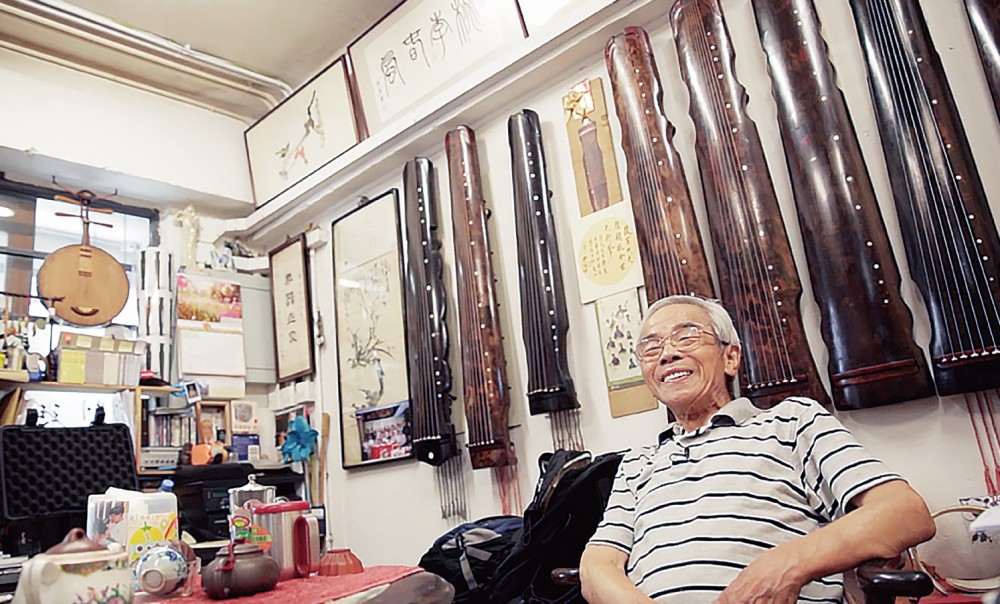 “There are no two completely identical pieces of wood in the world, so the Zhuoqin master must be flexible, give play to the characteristics of the wood, and craft it into a piece of artefact that embodies human attributes.” This is Choi’s philosophy.
“There are no two completely identical pieces of wood in the world, so the Zhuoqin master must be flexible, give play to the characteristics of the wood, and craft it into a piece of artefact that embodies human attributes.” This is Choi’s philosophy.
Kelvin Kwan, Vice Chairman of the Choi Chang Sau Qin Making Society, who have learned the art of Zhuoqin from Choi for over 20 years, added: “We have chosen a model of community succession. Based on the Nine-step Passage, a student must achieve nine ‘tong’ (through) before passing preliminary apprenticeship.” ‘Tong’ means to be able to flexibly adapt to the Zhuoqin step, and to gain unanimous recognition from all the elders. Don’t be afraid to ask; this is the way of community succession: Students who are ‘butong’ (not through) learn from elders and students who are ‘tong’. Those who have achieved ‘tong’ have the responsibility of tutoring their fellow students.
Database application: Treatise of oral transmission
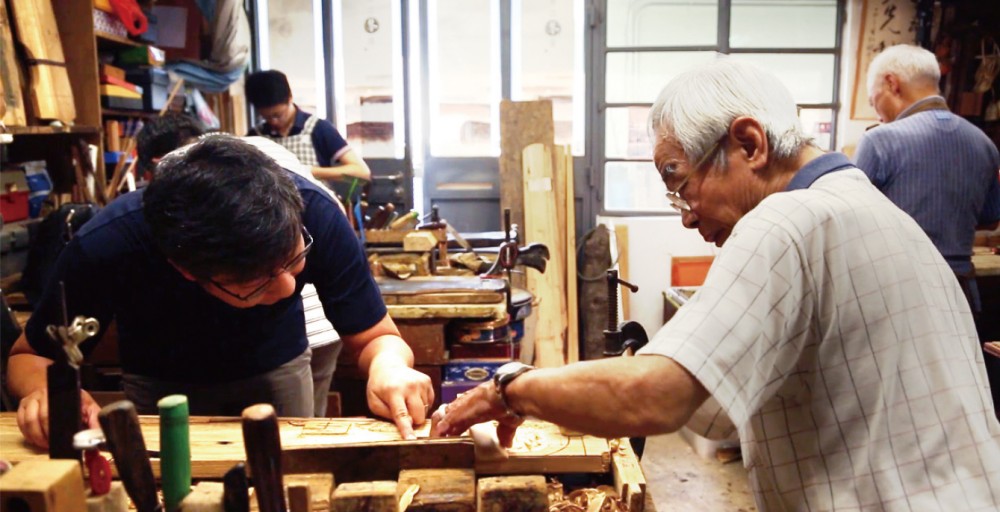 Founded in 2011, the Choi Chang Sau Qin Making Society is committed to continuing and protecting the ancient skills of Zhuoqin. In 2015, funded by The Lord Wilson Heritage Trust, it filmed the documentary Choi Chang-sau’s Present to the Qin Makers of the 22nd Century. It took three years, and in the year when the documentary was completed, the Ministry of Culture and Tourism announced the fifth batch of national-level intangible cultural heritage representative inheritors, of which Choi Chang-sau was one.
Founded in 2011, the Choi Chang Sau Qin Making Society is committed to continuing and protecting the ancient skills of Zhuoqin. In 2015, funded by The Lord Wilson Heritage Trust, it filmed the documentary Choi Chang-sau’s Present to the Qin Makers of the 22nd Century. It took three years, and in the year when the documentary was completed, the Ministry of Culture and Tourism announced the fifth batch of national-level intangible cultural heritage representative inheritors, of which Choi Chang-sau was one.
“Containing the actual footage of the 60 lessons, the ‘Treatise of Oral Transmission’ can be used by the next generation of Zhuoqin tutors as a reference; it is one generation’s insights and expositions to be passed on to the next generation of tutors.” Kwan explained that the ‘Treatise of Transmission’ is backed by a computer database application that labelled, classified and annotated the video clips filmed over 60 days so that future tutors can refer to earlier views and add new notations.
Kwan stressed that Zhuoqin requires a lifetime of efforts in training and studying; one must go through various setbacks and accept the tutor’s criticisms before becoming well-versed in it. So we open the ‘Treatise of Oral Transmission’ only to Zhuoqin tutors, and strictly forbid students who have not understood its skills to watch it. In his view, the Nine-step Passage is not the end, but rather the beginning of enjoying the art of Zhuoqin.
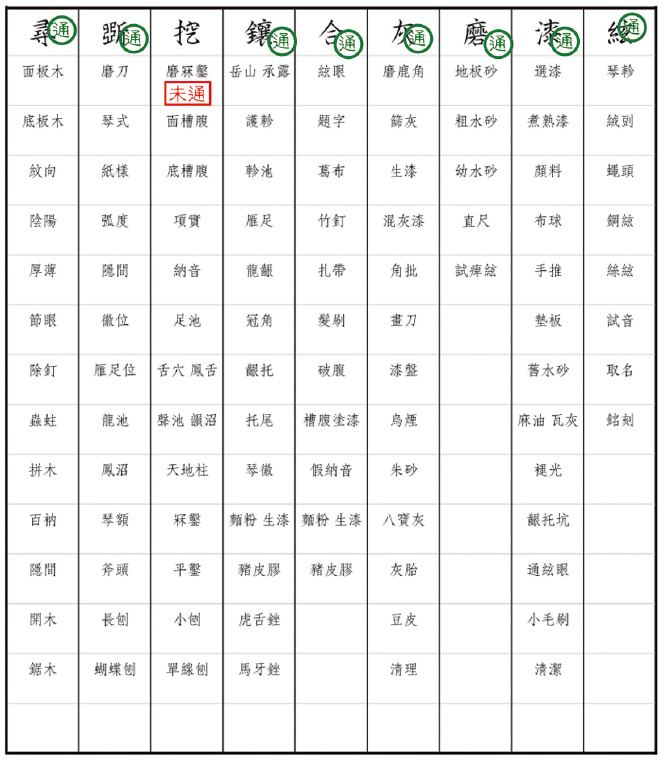
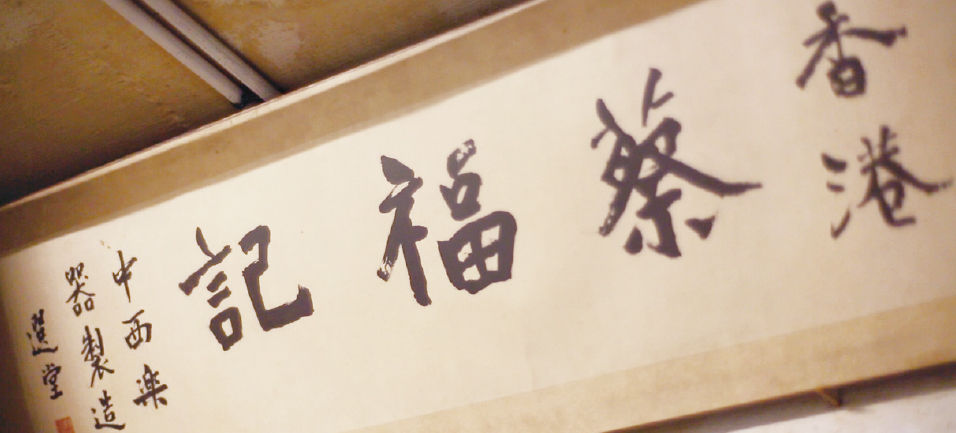
Looking for Guqin enthusiasts through a film
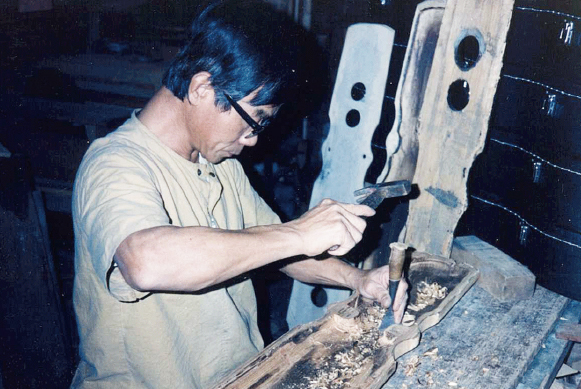 The Choi Chang Sau Qin Making Society, apart from passing on the “Treatise of Oral Transmission”, has made a film of the same name using the actual footage of its 60 lessons. The film was screened twice this May, and will be distributed in DVDs with Chinese and English subtitles to the libraries of Hong Kong’s universities and secondary schools.
The Choi Chang Sau Qin Making Society, apart from passing on the “Treatise of Oral Transmission”, has made a film of the same name using the actual footage of its 60 lessons. The film was screened twice this May, and will be distributed in DVDs with Chinese and English subtitles to the libraries of Hong Kong’s universities and secondary schools.
Kwan added: “We are still making international versions for the film (including Japanese and French versions) which we hope to release globally in September.” This September, we will reunite with Grand Master Xu Wenjing and Xu Yuanbai’s grandsons - contemporary Zhejiang Qin players Xu Junyue, Xu Yanfei and Xu Sihang, together at Xu Yuanbai’s old home in Hangzhou; and the premiere of the Mandarin version of the film will also be held, for which we hope to find more enthusiasts.




